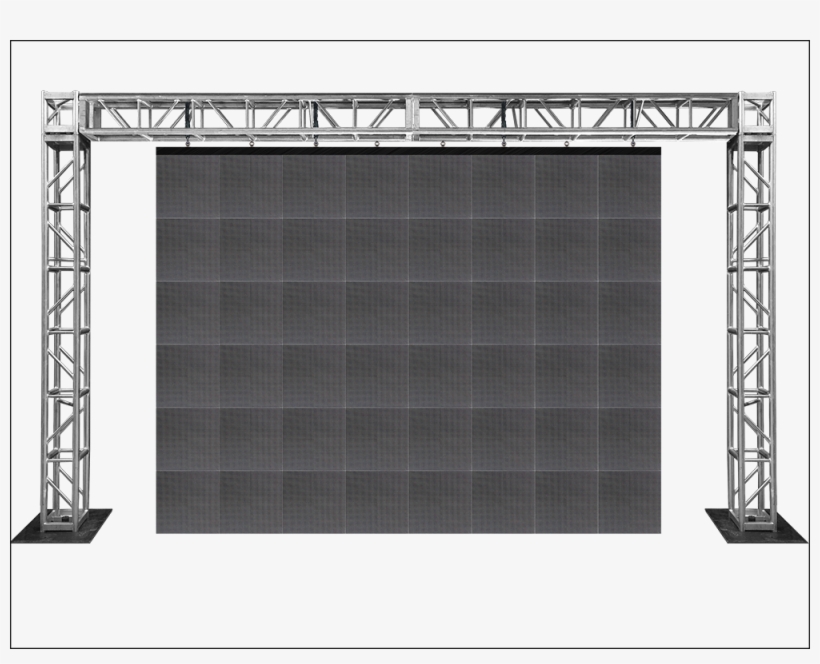Grasping the Typical Reasons of LED Panel Panel Breakdown
Wiki Article

Light Emitting Diode panel screens are commonly used in various settings, ranging from advertisements to residential theaters. These panels are favored because they deliver vivid and vibrant visuals while being energy-efficient. However, like all digital gadgets, LED wall panels can experience malfunctions. Understanding the common causes of these failures is important for maintaining their functionality and ensuring longevity. This article explores several key factors that can lead to the failure of LED wall screens.
One of the most frequent reasons of failure in LED panel panels is overheating. LED systems produces heat during operation, and if this heat is not properly controlled, it can harm internal parts. Poor ventilation or inadequate cooling mechanisms can exacerbate the issue. When the heat increases beyond the suggested levels, it can lead to reduced brightness, color distortion, or total failure of the screen. Regular care, including dusting air vents and ensuring proper ventilation, can assist avoid overheating and extend the life of the panel.
Another significant factor contributing to LED wall panel failure is electricity spikes. Variations in the power supply can result in harm to electronic components within the panel. Sudden spikes in electricity can cause to blown circuit breakers or faulty circuits, leading in non-functional screens. Using surge protectors great site and power controllers can reduce this risk by stabilizing the power supply and safeguarding sensitive digital parts. Making sure that the power system is up to code and capable of handling the power requirements of the panel is also essential.
External factors play a vital role in the functionality of LED wall panels. Exposure to extreme temperatures, humidity, or dust can adversely impact their best site functioning. For example, high humidity can lead to moisture buildup inside the panel, which can cause short circuits or damage of internal components. Similarly, excessive dust build-up can obstruct airflow and lead to overheating. Installing LED panels in regulated settings and frequently cleaning them can help preserve optimal functionality and avoid failures.
Additionally, manufacturing defects can lead to early malfunctions in LED panel panels. Quality control during production is crucial to guarantee that each panel meets industry standards. Defective parts or poor construction can result in issues such as dead pixels or irregular brightness. It is crucial for buyers to buy LED wall panels from trusted brands that provide guarantees and support. This ensures that any possible defects can be resolved promptly, minimizing downtime and frustration.
In conclusion, comprehending the frequent causes of LED wall panel failure can help consumers take preventive measures to guarantee their durability and performance. By addressing overheating, safeguarding against power spikes, considering environmental conditions, and selecting quality items, users can greatly minimize the risk of failure. Regular care and knowledge of these factors will lead to a superior performance with LED wall screens, regardless for personal or professional use.